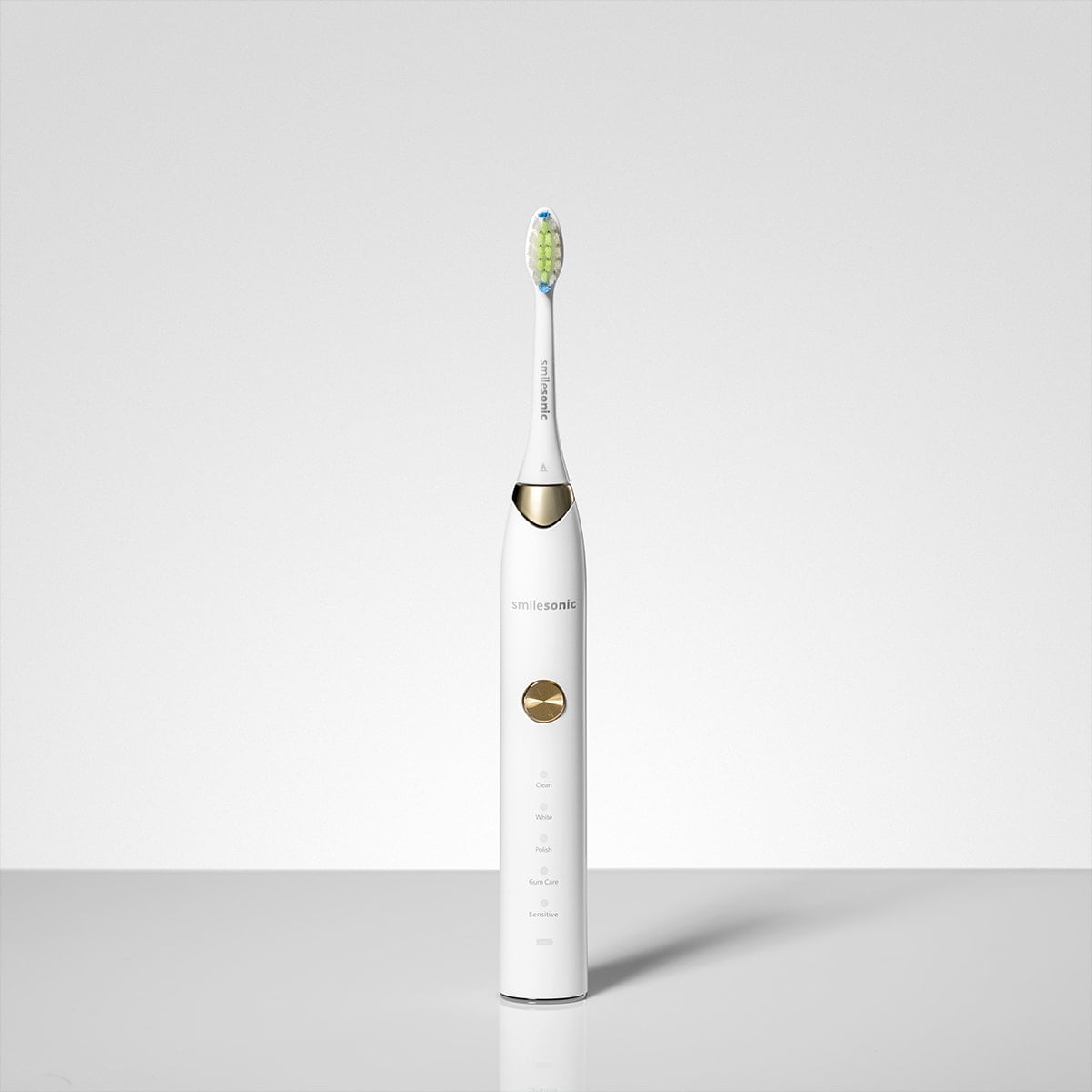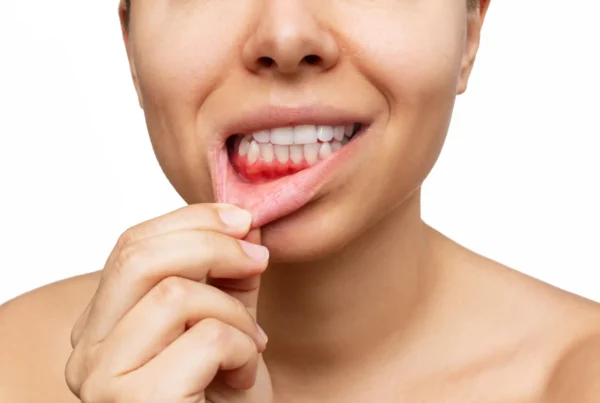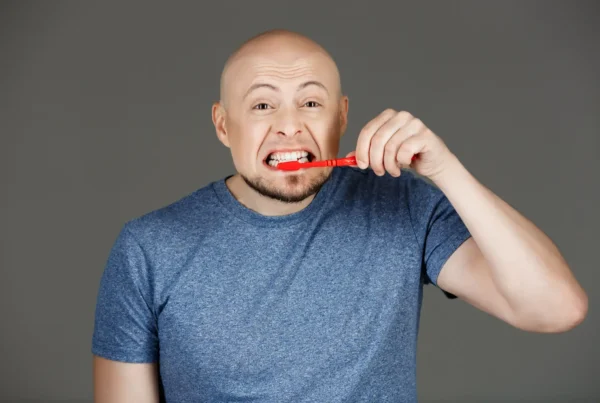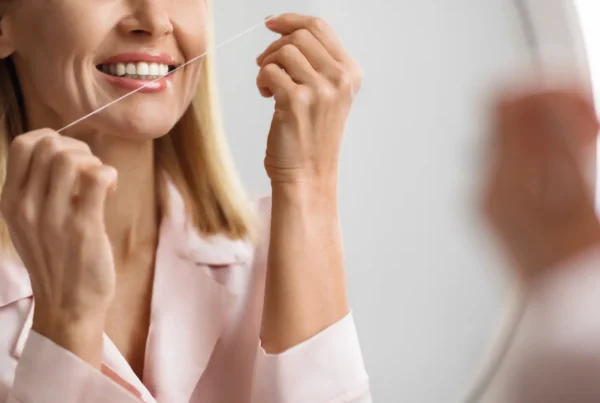Used toothbrush – where to throw it away without harming the environment?
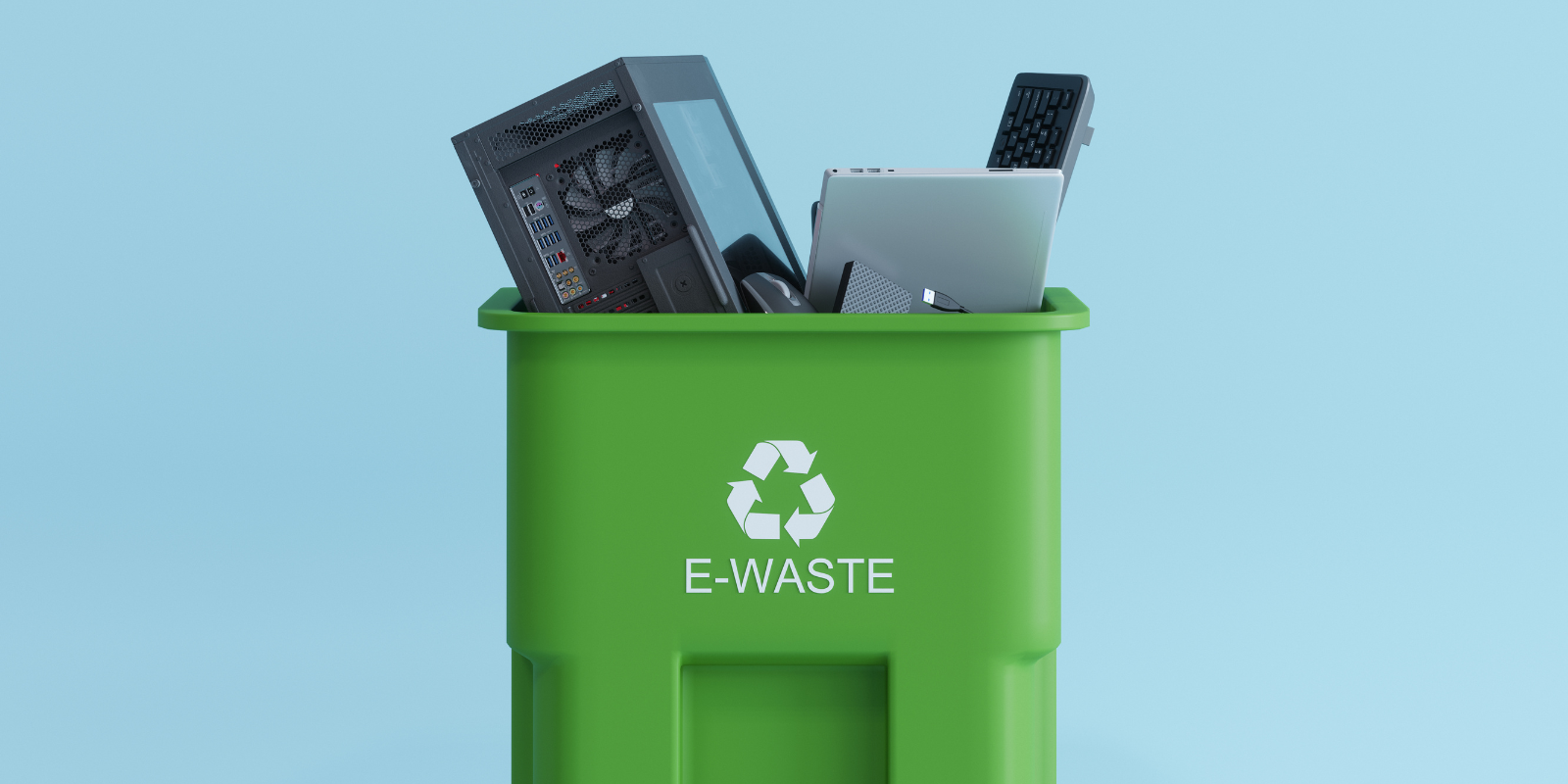
Every year, billions of toothbrushes end up in landfills, polluting the environment for hundreds of years. Most of them are made of plastic, which decomposes very slowly and releases toxic substances over time. In an era of growing environmental awareness, it is worth learning how to properly dispose of toothbrushes and what sustainable alternatives are available to help reduce our negative impact on the planet.
What is a toothbrush made of?
A toothbrush is a basic hygiene tool found in every bathroom, used to keep teeth and gums clean. Though small and simple in appearance, it consists of several components made of different materials, each serving a specific function. Traditional manual toothbrushes and most electric and sonic models are made of plastics, which presents a recycling challenge.
The handle is usually made of hard plastic such as polypropylene or polyethylene. These materials provide durability and resistance to moisture and frequent use. Some eco-friendly toothbrushes use alternative materials like bamboo or bioplastic, which are more sustainable. The bristles are a key element responsible for removing plaque and food particles. Most toothbrushes use nylon bristles because of their durability, flexibility, and resistance to deformation. However, nylon is not biodegradable and is difficult to recycle. Some toothbrushes incorporate plant-based fibers or a blend of nylon and organic materials, making them more environmentally friendly.
Electric and sonic toothbrushes include additional components such as motors, batteries, and casings made of plastic and metal. These materials are more complex to recycle because they must be separated into individual parts. Some models also feature rubber grips or accents to improve user comfort and grip.
READ MORE: Treatment of exposed tooth necks
How to properly dispose of a used toothbrush?
Most toothbrushes are made of mixed materials, which makes them difficult to recycle. To dispose of them responsibly, follow a few simple guidelines.
If possible, disassemble the toothbrush into its individual components. The handle, typically plastic, may be recyclable depending on your local waste management system. Nylon bristles, however, are not recyclable and should be placed in general waste. You can remove the bristles using pliers to separate them from the handle.
Electric and sonic toothbrushes – how to dispose of them as e-waste?
If you use an electric or sonic toothbrush with replaceable heads, the used brush heads should be disposed of according to local waste separation rules. Devices with built-in batteries should be taken to electronic waste collection points. It is also worth checking whether the manufacturer offers a recycling program. Some brands run dedicated initiatives that allow you to return used products for proper recycling.
Bamboo, wooden, and other eco-friendly alternatives to traditional toothbrushes
- Plastic toothbrushes are a major environmental concern due to the difficulty of recycling and their long decomposition time. Fortunately, more sustainable options are available to maintain oral hygiene while minimizing environmental impact.
- Bamboo toothbrushes are one of the most popular choices. Their biodegradable handles can be composted if not coated with synthetic varnish. The bristles, usually made of nylon or mixed materials, must be removed beforehand since they are not compostable. Bamboo is a renewable resource that grows quickly without the need for pesticides, making it an eco-friendly option.
- Toothbrushes with replaceable heads help reduce waste, as only the brush head needs to be changed every three months, while the handle remains in use for much longer. These models are available in both manual and electric versions and are a more sustainable alternative to single-use brushes.
- Bioplastic toothbrushes are made from renewable materials such as sugarcane or corn. Although not always fully biodegradable, bioplastic is more eco-friendly than petroleum-based plastic. The bristles in these brushes may be made from nylon derived from plant-based oils.
- Wooden toothbrushes, made from certified beechwood or similar renewable materials, offer another sustainable alternative. Like bamboo, wood is biodegradable and reduces environmental impact.
- Some toothbrushes feature bristles made from natural fibers, including plant-based or animal-sourced materials like boar hair. However, animal-based options may not be suitable for users seeking vegan products.
Creative ways to reuse an old toothbrush
Before discarding an old toothbrush, consider reusing it around the house.
Toothbrushes are great for cleaning hard-to-reach areas such as tile grout, faucets, drains, or sink edges. They’re also useful for cleaning appliances like stovetops, coffee machines, toasters, or microwaves. You can use them to scrub dirt out of shoe soles, seams, and laces. Soft bristles make them perfect for gently cleaning jewelry such as rings, chains, and bracelets. They’re excellent for removing dust and dirt from keyboards, TV remotes, and speakers. In arts and crafts, an old toothbrush can act as a paintbrush for textures and splatter effects. For plant care, it helps clean leaves and remove pests. On the grill, it can clean tough spots between the grate bars. It can also be used in DIY projects to apply glue or remove debris from mechanical parts. In the kitchen, it helps clean tight areas in cutlery or glasses. Finally, it can gently massage and groom pet fur.
Proper disposal of electronic waste
Properly disposing of used household electronics is essential for protecting the environment and public health. Home appliances, including electric toothbrushes, should never be thrown into regular waste bins. Doing so can lead to groundwater contamination and the release of harmful substances like microplastics. Instead, use local collection points that accept electronic waste for safe disposal or recycling, recovering valuable materials for future use. This applies to large and small devices alike, from televisions to disposable razors. Items like toothpaste tubes, used deodorants, or sponges can also be problematic. When in doubt, consult local guidelines or ask at your municipal waste facility. Dumping electronics in household trash or in unauthorized places is illegal and may result in fines. Always ensure proper sorting and recycling of used household items.
Environmental awareness in daily life
Environmental awareness means understanding how our actions affect the planet and making decisions that reduce harm. It involves recognizing threats such as air pollution and overproduction of waste and striving to minimize them. Small habits like sorting waste, conserving energy, and saving water can significantly improve environmental conditions and reduce our carbon footprint.
Education is the key to fostering this awareness. Campaigns, workshops, and forest cleanup events inspire people to rethink their relationship with nature. Conscious choices help protect natural resources, reduce costs, and enhance quality of life while offering the satisfaction of contributing to a healthier future for the planet. Even small actions matter when taken collectively.
Conclusion
A used toothbrush may be small, but it has a significant environmental impact if not disposed of correctly. Separating its components, choosing eco-friendly alternatives like bamboo or reusable-head toothbrushes, and finding ways to reuse old brushes at home are simple steps we can all take. Every small action helps reduce waste and protect the planet for future generations. Remember—every toothbrush matters, both for your oral health and for the environment.
